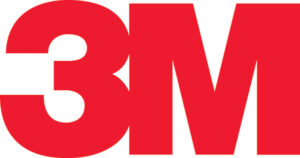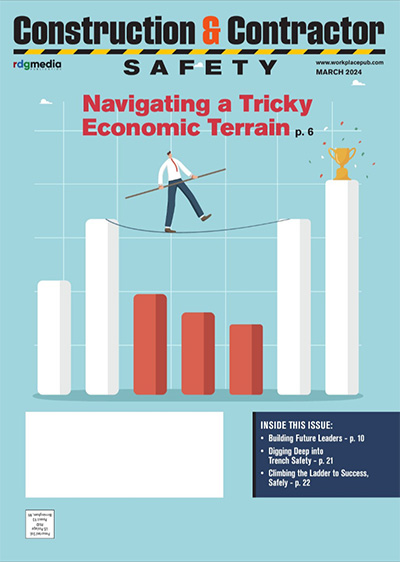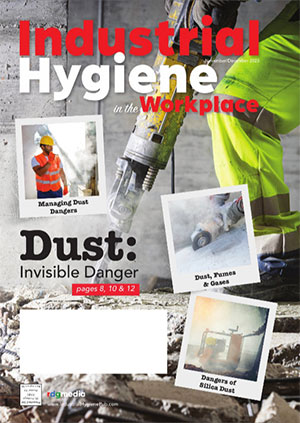ANSI/ASSP Z359.11-2021 – Safety Requirements for Full Body Harnesses
Sponsored By:
1-800-328-1667
https://www.3m.com/3M/en_US/worker-health-safety-us/safety-equipment-support/
Full body harnesses (FBH) are critical elements of effective fall protection systems. This type of harness was introduced in the 1940s and drew inspiration from military parachutes. Unlike the body belts that preceded it, during a fall a FBH distributes forces throughout the body, leading to fewer fall protection-related injuries.
Among the industries in which they are used: construction. Workers in that industry make up only 5% of the total workers in the U.S., but they account for about 20% of on-the-job fatalities, with falls being the most common cause of death. Hundreds of construction workers die from falls each year in the U.S. When properly fitted and worn and used correctly, FBHs can help prevent serious injury or death at worksites.
OSHA requires workers to wear a full-body harness, (one part of a Personal Fall Arrest System) when they are working on a suspended scaffold more than 10 feet above the working surface, or when they are working in bucket truck or aerial lift.
About the standard
The original edition of ANSI/ASSP Z359.1 – one of the first standards in North America to require the full body harness in a fall arrest system – was published in 1992. This standard, which is applicable to fall-from-height situations, was recently updated. It establishes requirements for the performance, design, marking, qualification, instruction, training, test methods, inspection, use, maintenance and removal from service of FBHs. Z359.11 defines a full body harness as “a body support designed to contain the torso and distribute the fall arrest forces over at least the upper thighs, pelvis, chest and shoulders.” FBHs are used for fall arrest, positioning, travel restraint, suspension and/or rescue applications for users within the capacity range of 130 to 310 pounds.
This standard applies to FBHs used in occupations requiring personal protection against falls from heights and if required, allows for the specialized functions of travel restraint, positioning, suspension and/or rescue. This standard applies only to FBHs and auxiliary equipment designed specifically for use as part of the FBH.
ANSI/ASSP Z359.11-2021 will be useful to manufacturers, distributors, purchasers and users of FBHs, along with relevant testing, certifying and regulating bodies. Purchasing an ANSI-rated harness can give safety professionals assurance that the device has certain design requirements and has been rigorously tested.
Revisions and new requirements
The updates to Z359.11 include:
- A modified, headfirst, dynamic test procedure
- New stretch-out requirements for frontal connections
- Alternative fall arrest indicator testing and new label requirements
- Allowance for harnesses with integrated energy absorbers
- Changes to labeling requirements
Z359.11 also requires harness label packs to have pictograms showing the approved usage of different connections along with diagrams that explain the difference between deployed and non-deployed visual load indicators.
Revised test procedures allow manufacturers of harnesses with frontal connections to use innovative designs. Harnesses that have an integral (permanently attached) energy absorber on the back D-ring can now be ANSI-compliant when they have an integral (permanently attached) energy absorber on the back D-ring.
Fit and Function are Vital
According to the American Society of Safety Professionals (ASSP), function is one the two key elements to focus on when using FBHs. Different applications and working environments call for different types of harnesses. FBHs used in welding must have back D-rings serving as the main fall arrest attachment points. Harnesses worn during confined space operations must be able to hold and suspend the wearer securely during rescue operations. Consulting with the manufacturer can help safety professionals determine which FBH types are best for their employees.
The other key element: fit. FBHs must be properly fitted to the workers who will be wearing them. Ill-fitting harnesses may not provide protection from falls. Personal fall limiters or self-retracting devices, for instance, could slip down the user’s back and end up in the wrong position. FBHs that are not fitted properly could also be uncomfortable, which discourages use. Most manufacturers have sizing charts available that suggest harnesses based on a worker’s height and weight. Trying on multiple harnesses to find the best fit is a good idea.
Workers must also be trained on how to properly wear and use full body harnesses when operating at height. WMHS
For more information, visit the ASSP web store at https://store.assp.org/.




